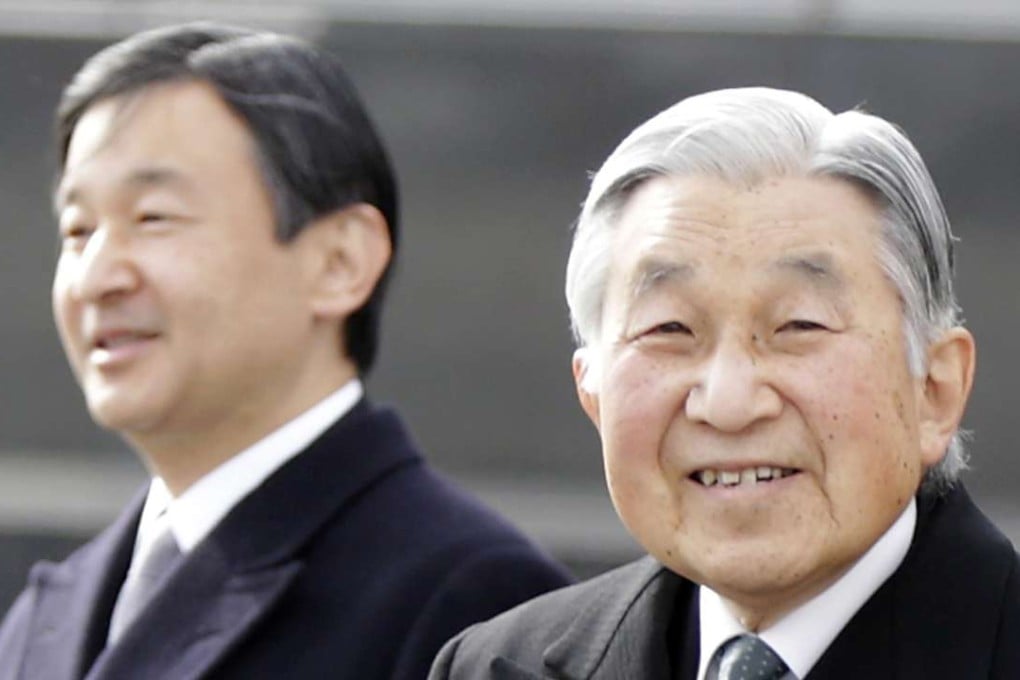All you need to know about Japan’s Crown Prince Naruhito

Crown Prince Naruhito, who is expected to ascend the Chrysanthemum throne if Emperor Akihito abdicates, has taken part in a variety of events and rituals inside and outside the Imperial Palace, sometimes on behalf of Emperor Akihito.
The 56-year-old crown prince has served as honorary president of the UN Secretary General’s Advisory Board on Water and Sanitation since 2007.
Emperor Akihito intends to step down in the coming years, says Japanese media
As crown prince, he made his first overseas trip to Australia in 1974 and stayed with a local family while he was attending junior high school, before making his first official visit abroad to Brazil in 1982.
He is known to have a number of hobbies including mountain climbing, jogging, tennis and skiing. He plays viola and performed in an orchestra during his time at university.
The prince was born on February 23, 1960, as the eldest son of the emperor and Empress Michiko.